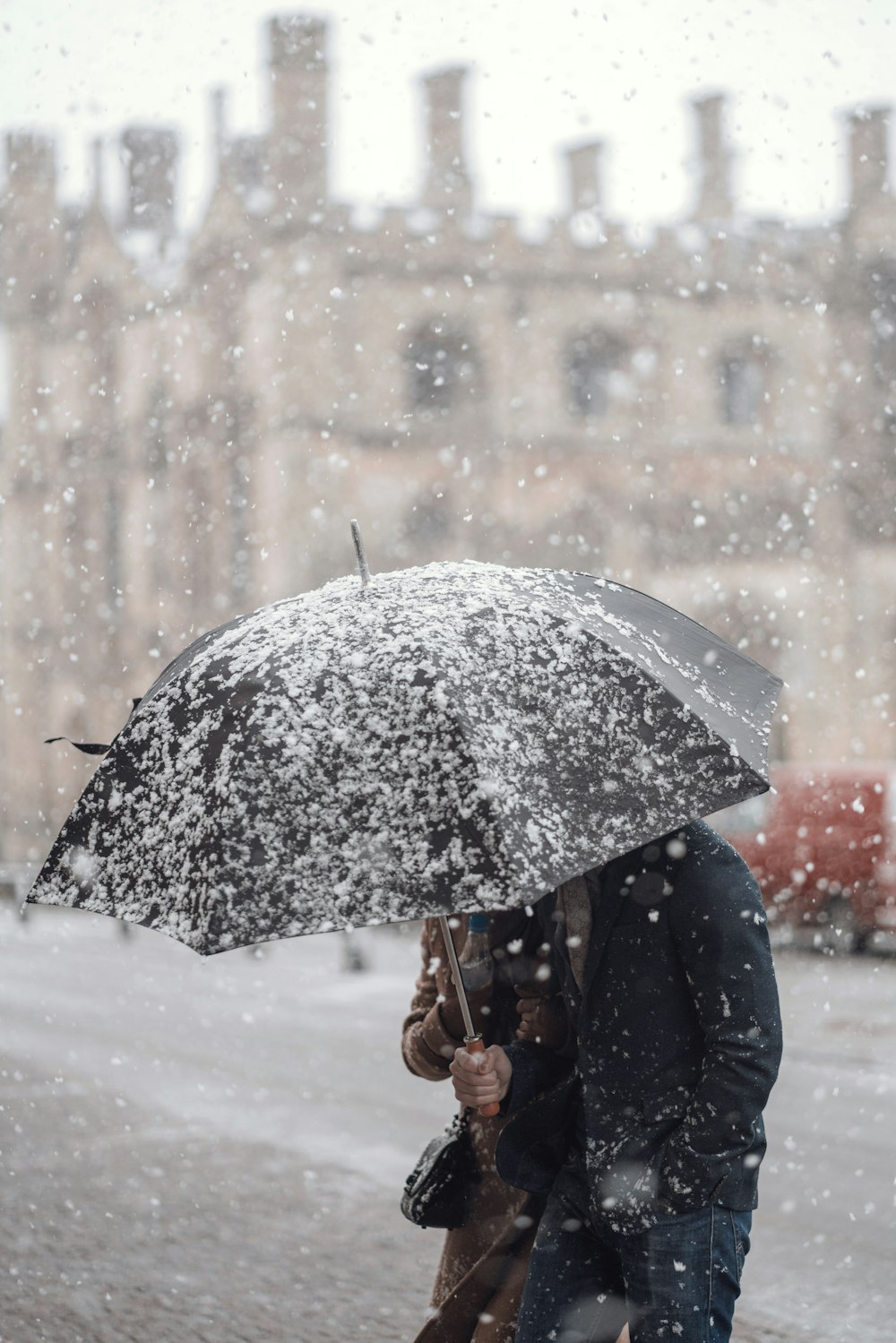Please note: This post is sponsored by Diamond Bloggers. All opinions expressed are my own.

Have you ever noticed how aches and pains seem to pop up frequently during the colder months of the year? With winter quickly approaching more and more people will find their back pain, especially lower back pain, being exasperated during the holiday season at home. In fact, the United States National Library of Medicine states that “Acute low back pain is most often caused by a sudden injury to the muscles and ligaments supporting the back.
The types of pain that may be caused by muscle spasms or a strain or tear in the muscles and ligaments.” Patients with Rheumatoid Arthritis, Osteoarthritis, and Psoriatic Arthritis are all subject to being in more pain during the cold months of winter. Particularly for those living with Allodynia, a condition where people can forecast the onset of cold weather based on the amount of pain they are in due to changes in weather patterns. As cold weather often leaves patients suffering from back pain to have more sensitive, shrunken nerve endings and surrounding back and joint muscle tension.
So if you’re anything like me and suffer from winter stressed back pain, or are looking for some prevention tips, you’re in luck. As below I’ve pulled together simple ways to help prevent it at home this season to help you get started on the road to better back health this season ahead*:
Five reasons your back hurts more in winter

A lack of physical exertion
Winter weather often dictates more sedentary activities at home. With prolonged periods of sitting curled up in chairs, beds, and the like to keep warm. Periods that can lead to poor posture that causes excessive stress being placed on your back. These hygee-inspired seasons also lend themselves to periods of less intentional exercise. This coupled with cold, wintery days with fewer daylight hours aids in your body deconditioning itself to normative strength and stability. A lack of movement can cause muscle tightness and joint stiffness if you don’t stretch out all the muscles and joints regularly.
As our muscles tend to tense up in the cold which can result in increased muscle tension, leaving you feeling achy throughout the day. And for those who experience chronic back pain, cold weather often leads to longer periods of time at home with the feeling of tighter and more painful back issues.

Overeating
Most people would agree that winter is the season for rich, hearty foods. Heavy, carb-laden dishes, sugary treats, and creamy sauces are all staples of the Standard American diet. Many people also report being hungrier in winter, with stronger cravings and an increased urge to snack. Is this winter appetite all in our heads, or is there a reason why we may want to eat more in cold weather? According to science, there are several biological reasons why. Such as cold weather stimulating our survival impulses. As long before humans lived in climate-controlled dwellings and were able to purchase a dazzling array of food by mail, winter was a hazardous time of year. Autumn’s harvest dictating survivability throughout the colder months of the year. For this reason, the urge to binge on food at the first hint of chilly weather is deeply ingrained in our biological makeup. It’s a survival impulse, much in the same way animals put on body fat in preparation for hibernation. It also explains why we crave foods that are rich in carbs, sugar, and fat during the winter. Its a biological means of self-preservation.
Eating also makes us warmer. Consuming calories also helps to warm the body up. As cold weather makes your body temperature drop, you could feel an urge to eat more. However, this same urge to consume high-sugar, high-fat foods, can cause a spike in your blood sugar levels followed by a dip in equal measure of A1C levels. Leaving you feeling colder, hungrier, and putting yourself at risk of putting on weight due to excess calorie consumption.
This is also seen in those who have the winter blues. Shorter days spent indoors means that many of us are exposed to little sunlight each day which can result in vitamin D deficiency. A key neurotransmitter that helps regulate feelings of wellbeing and sleep, which is generated by exposure to sunlight. Deficiencies that have been linked to the onset of Seasonal Affective Disorder, a form of depression associated with the shorter days of winter which affects many people in countries where winter brings increased darkness. This is why it is important also to eat plenty of foods rich in tryptophan, an amino acid needed for normal growth in infants and for nitrogen balance in adults, such as leafy greens, and broccoli to offset SAD symptoms in winter.
Then there’s our culture associates rich, wintery foods. Though there are biological reasons why we may crave more food in winter, there are also psychological reasons, too! From childhood, we are taught to associate winter with comfort foods and time-honored, cultural recipes. Foods often linked to celebrations such as Halloween, Thanksgiving, Christmas, and the New Year. Festivities traditionally linked to feasting and self-indulgence, that when combined with deep-seated familiar associations, contribute to our urge to eat more during the winter months. All of which contributes to seasonal weight gain and exasperated back and disc health.

Dehydration
Dehydration is most commonly thought of as a hot-weather health concern, but in cold weather, dehydration can also be a significant health risk. During the winter months, sweat evaporates more rapidly in cold, dry air, leading to dehydration. Cooler temperatures can also reduce the body’s thirst response as we lose more fluids through respiratory water loss than on warm days. When you can see your breath in the cold air, that’s actually water vapor that your body is losing. The colder the temperature and the more intense the exercise, the more vapor you lose when you breathe. Coupled with wearing heavy jackets, long underwear, hats, scarves, and the like that help your body conserve heat. An added factor in winter dehydrations. Especially for young children, older adults, and people with chronic illnesses such as bulging disc, herniated disc, sciatica, and stenosis.

Barometric Pressure
The additional pressure can also exacerbate injuries that you thought might not be there or might have been gone. This is why it’s important to see a doctor after accidental falls or car collisions. There may be invisible injuries like whiplash that can get much worse in the cold. Not only should you ensure it’s being treated, but if the accident was another person’s fault, then an attorney like Dennis Hernandez can help, but only if you have the evidence that the injury exists. Then you can get the compensation you need for treatment, rather than be surprised by new back pain in the winter and have no way to address it.
Many people say they experience back, shoulder pain, and joint pain either just before a storm. Implying that their bodies are able to register the barometric pressure changes that occur during such times. However, to date, there is no scientific evidence proving a correlation between declining atmospheric pressure and back pain. Science does prove that when you’re cold, the muscles, tendons, and ligaments in your back tighten and become less flexible, thereby making them much more prone to injuries and increased periods of sustained back pain. A 2007 Tufts University study concluded that 10-degree drops in ambient temperature were linked to incremental increases in arthritic pain. Even The Weather Channel devotes a healthy living section to a daily Aches and Pains Index. Making the need to keep joints and discs warm in colder months of the utmost priority.

Sleep
The amount of sleep you get each night dictates how you feel the next morning. But aside from impacting how alert you are at work, sleep, or a lack thereof, can have serious effects on back health. According to the National Sleep Foundation, more than half of American adults report experiencing insomnia symptoms in a given year. A condition often marked by restless and frequently interrupted sleep cycles, which can be caused by a variety of factors including stress, chronic pain, medications, and lifestyle changes. Among the common factors that lead to insomnia is chronic back pain. While back pain may cause insomnia, researchers have found that insomnia also makes symptoms of back pain worse. Since the time we spend sleeping is crucial for allowing the body time to recharge, those who don’t get a full night’s rest are more likely to experience bouts of pain brought about by poor physical health. which is why getting 8 hours of sleep is necessary to allow your body the rest it needs in order to perform its best, decrease inflammation that causes recurring back pain, lower stress, and manage your emotional health.

How to prevent back pain in winter
While there are numerous reasons for cold-weather induced back pain, there are ways you can work towards decreasing your back pain in equal measure including:
- Movement. Maintaining a consistent exercise plan, including stretching routines, can help to better your back health during colder months by keeping your blood flowing.
- Hydrate. Drink plenty of water and keep your body hydrated. Water flushes out, provides cushioning, and lubricates your joints and discs, especially in the back. This helps keep your back and joint cells full of essential fluids and nutrients as well as protecting the intestinal tract lining from damage by way of food-related enzymes that can negatively interact with back health.
- Better sleep. Getting 8 hours of sleep is not a myth relegated to sleep-deprived toddler moms in the trenches battling co-sleeping rituals or hipster shop owners. For your body needs rest in order to perform its best. Giving yourself the 8 plus hours adults need each evening gives your body, and back, the added benefit of decreasing the inflammation which causes pain.
- Avoid stress. The winter holidays can be more stressful than joyous by various estimations. This is why finding means to have a simplifier, less-stressful holidays are key. Steps that help to bring you physical, and financial peace of mind, while also allowing you to better relax and manage your emotional health throughout the colder months ahead.
- Go to the leafy side. Avoiding foods that sabotage your immune system, spike A1C levels, decrease SAD symptoms, and aggravate back pain inflammation can all greatly add to your health during the winter. Striving to eat a diet full of dark, leafy greens, nutrient-rich carbs, lower triglyceride levels, and immune-building vegetables will allow your body to naturally maintain your overall health. Including healthier meal planning, finding healthier versions of your favorite comfort foods, and indulging in healthier snacks throughout the day to keep your metabolism, and back health, running at full speed.
- Keep warm. Treat back pain with heat. As heat application allows softback tissues to stretch around the spine, for back muscles, connective tissue, and adhesions. The added benefit of back stiffness can lead to greater back flexibility and overall comfort. Trying a heating pad or hot water bottle can help relax sensitive areas, too.
- Get outdoors. spending as little as 30-minutes during daylight hours getting some sun on your exposed skin can help you give your body essential daily levels of vitamin D. Promoting better sleep, adequate serotonin levels, decreasing SAD symptoms, and allowing you to live with less inflammation throughout the day. Speak to your physician about adding a daily vitamin D, Omega 3, and Vitamin C supplement can help maintain healthy joints and back health, too.

Persistent winter back pain
Those living with persistent back pain, and acute lower back and neck pain caused by a sudden injury to the muscles and ligaments supporting the back should take even better care of their back health in winter. As the cold weather problems mentioned above can be caused by muscle spasms or a strain or tear in the muscles and ligaments. Those living with acute back pain are subject to periods of inflammation by just performing their regular chores and activities, making it uber important to keep an eye on back health during the holiday season, especially for those living in areas of heavy annual snow accumulation.
As snow accumulation will likely get heavier when it’s wet and shoveling puts a strain on your heart, and back. And if you have no choice but to shovel, wear a hat, gloves, and waterproof shoes. Always lifting with your legs, and not your back. To push snow rather than lift it, and to not get in a cycle shoveling in the same direction. Make sure to regularly switch directions. This helps to keep different muscles and ligaments moving in tandem and helps to prevent actual back pain. Remember, snow shoveling is not a race. When shoveling snow, take small breaks, stretch your back, and maintain a steady, not exhausting pace for yourself.
For persistent, ongoing back pain lasting longer than one month or for those suspecting they have degenerative disc disease, you should consult with your primary health care provider. As they may send you to see either an orthopedist or neurologist for recommending epidural injections or referrals to pain management clinics, physical therapists, or physiotherapy centers. Experts trained in sports injuries, neck pain, headaches, chiropractic methods, massage therapy, thermal pain relief, acupressure, or acupuncturist aid.
Winter back pain can be a real bear. so if you feel like your lower back pain worsens on days when it’s cold or the weather is changing, or from drops in barometric pressure and outdoor temperature causing increased pain in your back, the above-mentioned tips can help. Now, I want to ask, do you currently have steps in place to help lessen winter back pain at home or do you regularly utilize the help of specialists to help with back pain or degenerative disc disease? Leave your thoughts in the comments below.
*Disclaimer: I am not a medical doctor or Registered Dietitian. The information presented is purely to share my experience. As always, check with a doctor before making any fitness or nutrition changes. The author and blog disclaim liability for any damage, mishap, or injury that may occur from engaging in any activities or ideas derived from this site. All information and resources found on TheLadyPrefers2Save.com are based on the opinions of the author (unless otherwise noted). All information is intended to motivate readers to make their own health, nutrition, and fitness decisions after consulting with their health care provider. Including meal prep education and recipe ideas. If you are seeking help due to depression, or Seasonal Affective Disorder, please contact the SAMHSA’s National Helpline, 1-800-662-HELP (4357), This is a confidential, free, 24-hour-a-day, 365-day-a-year, information service, in English and Spanish, for individuals and family members facing mental and/or substance use disorders. This service provides referrals to local treatment facilities, support groups, and community-based organizations. Callers can also order free publications and other information. Thank you.







































